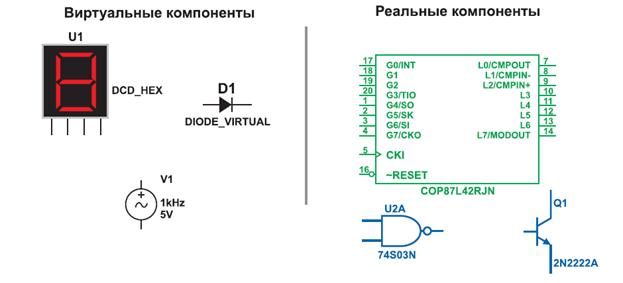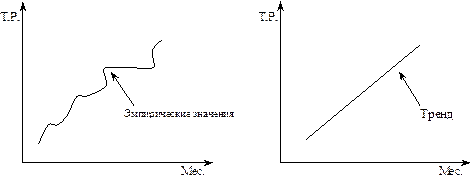The money, unit of account, is also the general means of payment. It authorizes, in a private and decentralized economy, all "incomplete" transactions, separation between the act of buying and the act of selling, say: Money-Purchase and Sale- Money, which are the main types of exchange in the economy. There is a very close interdependence between money market and economic evolution. Money markets are the headquarters of the capitalist system where the settlement of plans for further development is decided. All kinds of economic projects are first brought into relation with one another and contend for their realization in it. The entrepreneur-innovator, the explorer cannot dispense with money. Dynamic enters the picture with the innovation decisions of entrepreneurs. To innovate means to change deeply the economic status quo (the setting up of a new production function. But the sole presence of entrepreneurs is not sufficient to guarantee the system’s evolution. In order to innovate by founding a new firm, constructing a new plant and ordering new equipment from existing firms, entrepreneurs need means of financing. Access to money is the power to command and to determine the level of economic activity. That is the access to credit money. Credit money is the variable which authorizes an economic separation between entrepreneurs-innovators and other agents. The requisite fund is the entrance ticket to the social store of means of production and is borrowed from a bank. Schumpeter emphasized that the individual can only become an entrepreneur by previously acceding to credit. He is the typical debtor in capitalist society. The essential function of credit consists in enabling the entrepreneur to withdraw the producers' goods which he needs from their previous employments and thereby to push the economic system into new channels. According to his project, the entrepreneur establishes a financing plan. If this monetary need is satisfied by banks, the entrepreneur determines a level of employment and pays the workers in money. The capital is a financing fund depending on future profit expectations. It is a financing fund and not a real wealth and serves to produce the goods. It is borrowed from banks in order to finance the expenditures. That is the main motive of credit demand. Entrepreneurs must have capital before they can think of providing themselves with actual goods. There is a phase when entrepreneurs already have the necessary capital but not yet the means of production. At this point one can see clearly that capital is not identical to real goods but appears as an independent factor. The entrepreneur needs capital in order to serve as a fund out of which productive goods can be paid for. As long as this purchase is not completed, the capital has absolutely no relation to any definite set of goods at all. In the model presented here, the Finance Motive (the demand for credit to fund production activities of entrepreneurs) concerns dynamic evolution. The link between financing and new combinations is obvious. New combinations cannot be financed, unlike the old ones, by accumulated profits, but by borrowing bank credit. Money is the creative agent par excellence in the economic system. The saving funds can advance only if a preliminary accumulation of money funds is achieved and then loaned and advanced for industrial purposesAnalysing the functioning of such an economy necessitates a study of the crucial role of the banking system in the financing process of economic activity




